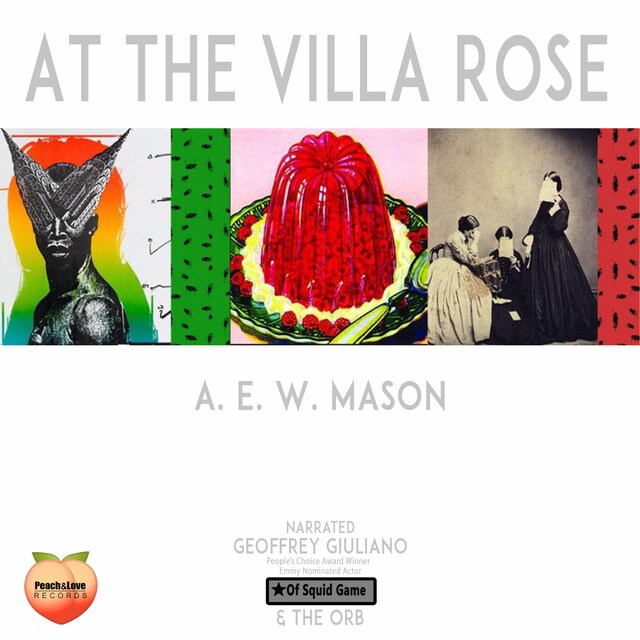
At the Villa Rose
Om bogen
Harry Wethermill, the brilliant young scientist, a graduate of Oxford and Munich, has made a fortune from his inventions, and is taking a vacation at Aix-les-Bains. There he meets, and immediately falls in love with, the young and beautiful Celia Harland, who serves as companion to the aging but warm-hearted Madam Dauvray of Paris. All this is observed by Julius Ricardo, a retired financier from the City of London, who spends every August at Aix, expecting there to find a pleasant and peaceful life. Imagine his consternation when he learns that Mme. Dauvray has been brutally murdered, and imagine Harry Wethermill's consternation when he learns that every finger of suspicion is pointed at the now vanished Celia Harland.
Implored to do so by Wethermill, Ricardo asks his friend Inspector Hanaud, the great detective of the Paris Sûreté (who is also vacationing in Aix) to involve himself in the case so that the truth may come out. Hanaud agrees to do so (with the permission of the Aix police, of course), and goes to work. Will he be up to the job? And will Harry Wethermill ultimately be glad that he called in the great man? We can only wait to find out. But surely Hanaud will exercise his powerful little grey cells – one of several characteristics he shares with a famous Belgian detective of later decades, and indeed some scholars of mystery stories suggest that Agatha Christie, in her invention of Hercule Poirot, owes a debt to Mason and his invention of Inspector Hanaud. And indeed Julius Ricardo has than a passing resemblance to Arthur Hastings, Poirot's sidekick, who is invariably a few confused steps behind the detective


